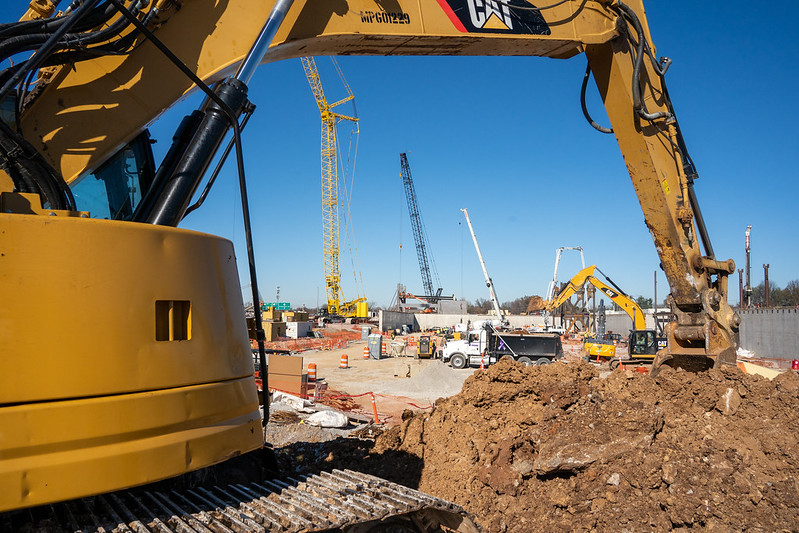Introduction: In our previous discussion, we delved into the transformative power of tool tracking in optimizing workflows and enhancing overall efficiency. The advantages of real-time insights, user accountability, and streamlined project management provided a glimpse into the potential of this innovative tool management approach. Building on that foundation, let’s explore further how tool tracking is evolving and how businesses can harness its benefits for even greater success.

The Next Wave of Tool Tracking Advancements:
- Predictive Maintenance for Tools:As technology advances, so does the capability of tool tracking systems. One of the emerging trends in this field is predictive maintenance. By analyzing usage patterns and data, these systems can predict when a tool is likely to require maintenance, preventing unexpected breakdowns and reducing downtime. Imagine a scenario where your tools not only tell you where they are but also when they need attention – a game-changer for businesses striving for uninterrupted operations.
- Integration with IoT (Internet of Things):The integration of tool tracking with IoT is taking tool management to new heights. Imagine every tool in your inventory connected to the internet, constantly providing data about its usage, health, and location in real-time. This interconnected system enables businesses to make informed decisions promptly and enhances overall operational efficiency.
- Customizable Reporting and Analytics:Tool tracking systems are becoming more sophisticated, offering customizable reporting and analytics features. Businesses can now tailor reports based on specific key performance indicators (KPIs) to gain insights into utilization rates, project timelines, and overall tool health. This level of customization empowers businesses to make data-driven decisions that align with their unique goals and objectives.
Case Studies Showcasing Continuous Improvement:
Case Study 3: Company C, an industrial manufacturing plant, implemented predictive maintenance through tool tracking and saw a 30% reduction in unexpected tool breakdowns, resulting in significant cost savings.
Case Study 4: The integration of IoT with tool tracking enabled Company D, a technology-driven construction firm, to improve overall project efficiency by 25%, surpassing client expectations and boosting their reputation in the industry.
The Rise of Comprehensive Digital Solutions:
While the benefits of basic tool tracking are evident, businesses seeking to stay ahead of the curve are turning to comprehensive digital solutions. Tools like ToolPal, with its advanced platform, take tool tracking to the next level. The centralized hub for all tool-related data allows businesses to manage their tools seamlessly, ensuring a holistic approach to tool management.
Conclusion:
In the fast-paced world of business, staying ahead requires not just keeping up with trends but anticipating and embracing the future. Tool tracking, as we’ve explored, is an ever-evolving field with new technologies and capabilities continually being integrated. From predictive maintenance to IoT integration and customizable analytics, businesses can expect even more powerful tools to enhance efficiency and productivity. As we embrace these advancements, the future of tool management promises to be even more streamlined, intelligent, and responsive to the dynamic needs of modern businesses. Embrace the evolution of tool tracking, and watch your business reach new heights of success.
